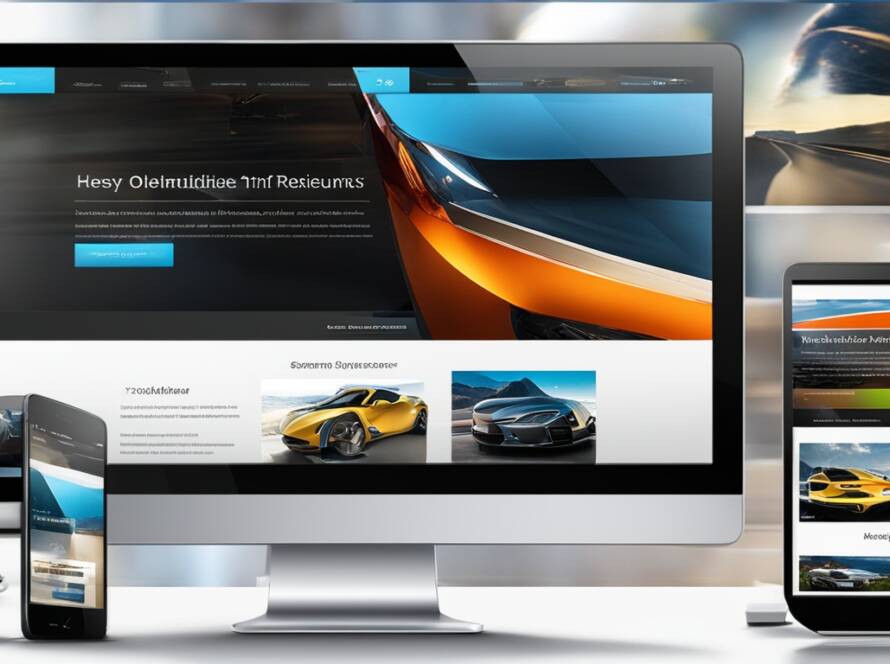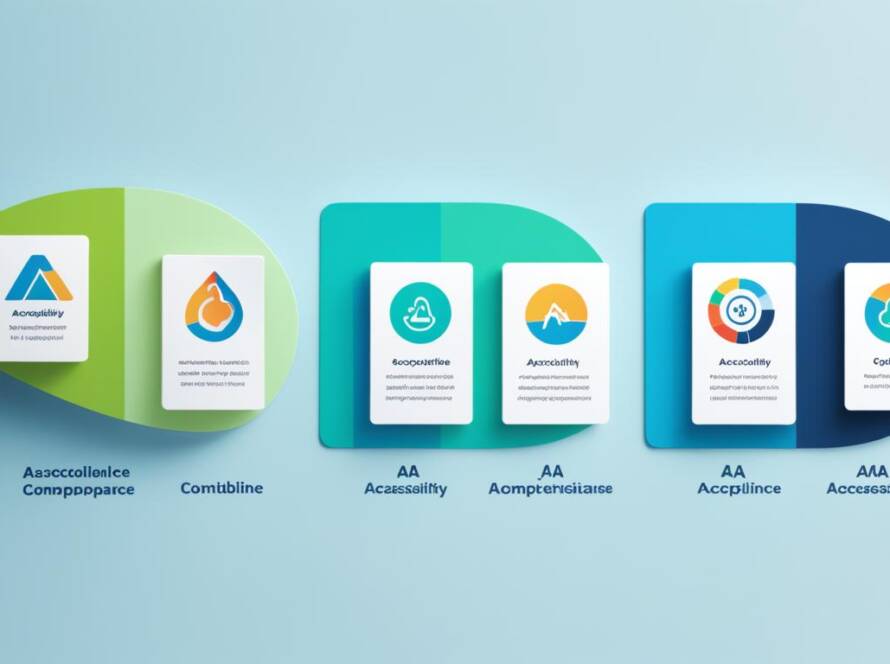Smart Websites its definition and examples have changed the online world a lot. They use advanced artificial intelligence to make things better. The Web Ai Engine is a great example of this, using GPT-based technology to make websites smarter.
This AI Engine answers user questions quickly and in the right way. It’s not just an AI Bot; it’s what makes smart websites work.

Smart websites can bring in 20% more visitors in six months and make pages load 30% faster1. They can also be in the top three search results for five key words in six months1. Businesses see a 20% increase in website visitors and a 10% rise in sales1.
Key Takeaways
- Smart websites integrate advanced artificial intelligence capabilities.
- Utilisation of GPT-based technology by Web Ai Engine.
- Enhancements include reduced page load times and increased website traffic.
- Business adoption of smart websites can boost conversion rates.
- Transformation from traditional static or dynamic websites to intelligent platforms.
What Are Smart Websites?
Smart websites are at the cutting edge of digital innovation. They use user-generated content and interactivity to stand out. Unlike old Web 2.0 sites, they offer customised experiences with advanced tech. Artificial intelligence (AI) plays a big part by making these platforms smart. They adjust to what users like and do.
Definition of Smart Websites
Smart websites blend user content with AI to give users unique and interactive experiences. They build on Web 2.0’s collaborative spirit, encouraging users to share and create content. AI helps by learning what users like, making the experience more personal2. This makes smart websites dynamic and able to meet user needs instantly.
Evolution from Web 2.0 to Smart Websites
Web 2.0 changed the web by making it more interactive and collaborative3. It let users share content, leading to the rise of social media giants. Smart websites take it further by adding AI for better design, speed, and SEO2. This move hints at the future of the web, focusing on trust and decentralisation3.
Characteristics of Smart Websites
Smart websites have key features that set them apart:
- Enhanced interactivity: They use AI and user content to engage visitors and answer questions quickly2.
- Personalised experiences: AI makes content and interactions fit what users like, making each visit unique2.
- Collaborative digital platforms: These sites encourage users to interact through social media and forums.
- Responsive design: They work well on all devices, making browsing easy.
- SEO optimisation: AI helps make content and media that gets noticed online2.
In summary, smart websites combine AI, user content, and Web 2.0 features. This creates sites that are not just interactive but also very personal and focused on the user.
Key Features of Smart Websites
Creating a smart website means adding key elements to meet today’s digital needs. These include responsive design, user experience (UX), SEO optimisation, mobile-friendly design, fast loading times, secure browsing, and visually appealing design. Let’s look at each feature to see why they’re vital for a top-notch website.
Responsive Design
Responsive design makes websites work well on all devices, from desktops to smartphones. This ensures a smooth experience for everyone, keeping visitors happy and engaged.
User Experience (UX)
User experience (UX) is key in making websites smart. It aims to make interacting with the site easy and fun. Shopify, for example, focuses on UX to keep users happy and increase sales4.
SEO Optimisation
SEO is crucial for making websites easy to find online. Smart sites use SEO tactics like keywords and videos to rank higher and attract more visitors5.
Mobile-Friendly Design
With more people using mobiles to browse, having a site that works well on mobile is a must. Dropbox shows how important it is to make content easy to access on any device4.
Fast Loading Times
Today, people expect websites to load quickly. Slow sites can lose visitors fast. So, fast loading is key to keeping users engaged and happy6.
Secure Browsing
Keeping websites safe is a top priority. Using secure hosting, SSL certificates, and backups makes browsing safe. This trust encourages users to interact more with the site6.
Visually Appealing Design
Good looks matter too. Sites like Freshbooks show how design can draw in and keep visitors. They use colours, fonts, and layouts to grab attention and keep users interested5.
Source Links
- https://www.chillybin.co/example-smart-goal-website/
- https://www.thewatchtower.uk/blogs/crafting-a-smart-website-a-step-by-step-guide-from-start-to-finish-with-artificial-intelligence
- https://www.pristinedigital.co.uk/blog/how-to-set-smart-website-goals-that-guarantees-results
- https://business.yell.com/features/websites/
- https://liampedleydesign.co.uk/the-power-of-smart-video-in-web-design/
- https://www.r2marketing.co.uk/smart-websites-examples



